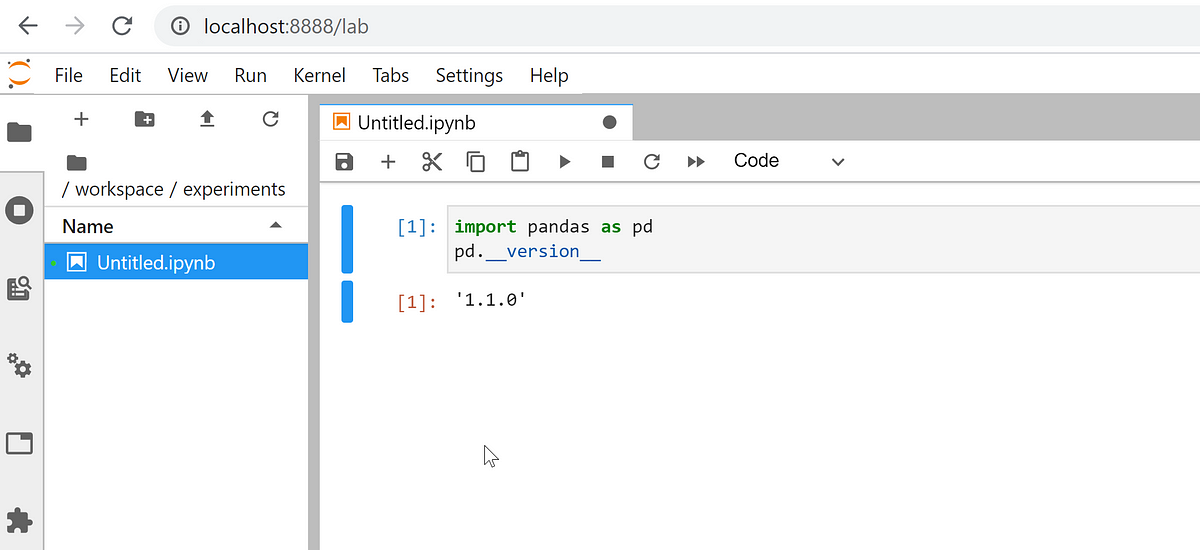In the world of data, textual data stands out as being particularly complex. It doesn’t fall into neat rows and columns like numerical data does. As a side project, I’m in the process of developing my own personal AI assistant. The objective is to use the data within my notes and documents to answer my questions. The important benefit is all data processing will occure locally on my computer, ensuring that no documents are uploaded to the cloud, and my documents will remain private.
Demystifying Text Data with the unstructured Python Library — https://saeedesmaili.com/demystifying-text-data-with-the-unstructured-python-library/
To handle such unstructured data, I’ve found the unstructured Python library to be extremely useful. It’s a flexible tool that works with various document formats, including Markdown, , XML, and HTML documents.
AI Reading List 7/6/2023
What I’m reading today.
- Researchers from Peking University Introduce ChatLaw: An Open-Source Legal Large Language Model with Integrated External Knowledge Bases — This includes links to the article and Github repo
- Why Embeddings Usually Outperform TF-IDF: Exploring the Power of NLP
- Fine-tune an LLM on your personal data: create a “The Lord of the Rings” storyteller
- Open Assistant — In the same way that Stable Diffusion helped the world make art and images in new ways, we want to improve the world by providing amazing conversational AI. Github repo
Configuring Jupyter Notebook in Windows Subsystem Linux (WSL2) | by Cristian Saavedra Desmoineaux | Towards Data Science
Here’s a great quick start guide to getting Jupyter Notebook and Lab up and running with the Miniconda environment in WSL2 running Ubuntu. When you’re finished walking through the steps you’ll have a great data science space up and running on your Windows machine.
I am going to explain how to configure Windows 10 and Miniconda to work with Notebooks using WSL2

